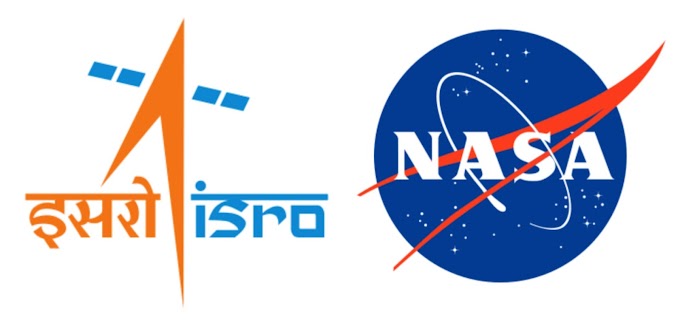Neuralink
Back in 2015, Professor Pedram Mohseni and Rudolph J. Nudo created a start up called ‘NeuraLink’. These pair of neuro tech researchers had developed a device that could potentially help people suffering from brain injuries. Investors didn’t show a great deal of interest, but in 2016 a mysterious unknown investor came along with an offer to purchase the rights to the name, Neuralink, for tens of thousands of dollars. They sold, and that investor later turned out to be multi-billionaire, Elon Musk. Fast-forward to the 27th of March 2017 and Musk announces that he will be backing a new brain-computer interface venture, Neuralink. The ultimate goal of this new company is to merge man with machine, fusing human intelligence with artificial intelligence to bring humanity up to a higher level of cognitive reasoning. Without this technology, Musk argues that humans will be unable to keep pace with advances in artificial intelligence, and that humans will become the intellectual equivalent of the house cat. So far, Musk has been calling this brain-computer interface technology ‘neural lace’. In essence, neural lace is an ultra-thin mesh that is implanted in the skull, and forms a body of electrodes which are able to monitor brain function. It’s not entirely clear at this time how far along the technology is in its development phase. But eventually, neural lace should enable humans to upload or download information directly from a computer.
In order to insert neural lace, a tiny needle which contains the rolled up mesh is placed inside the skull, whereby the mesh is then injected. The mesh unravels upon injection, encompassing the brain. Gradually, the neural lace will integrate itself with the human brain, creating a perfect symbiosis between man and machine. So far, neural lace has been tested on live mice. Upon autopsy, researchers found little negative consequences associated with the insertion of this mesh-like structure. However, I’m not sure if I want to be the first human volunteer. This technology sounds amazing. The ability to hook up our brains with machines and there by enhance human intelligence could open up whole new worlds of possibilities for our species. It could even be the catalyst for the almost mythical technological Singularity. More on this another time. However, some critics are raising concerns about the ethical and real world implications and consequences of this technology.
For example, in a world where everyone’s thoughts are connected to the internet, how would this affect our personal privacy? Would authoritarian governments seize upon the opportunity to spy on us or even take control of our minds? And what about computer hackers? Would they be able to exploit vulnerabilities in the software of our minds, or inject viruses directly into our consciousness? All of this remains to be seen.
Until then, let’s just be content that Musk’s Neuralink may be able to help the disabled and those suffering from brain injuries to lead more productive and happier lives in the not too distant future.
How can neuralink be used ?
The company said that the initial phase of the project will focus on helping the healthcare industry. The machine will be able to help paraplegics with simple tasks like operating a phone or interacting with a computer. It may also be used to treat epilepsy.
In an interview, Elon Musk said that the device will also be able to help regain someone’s eyesight even if they have lost their optic nerve. He said that this technology, in principle, will be able to fix anything wrong with the brain.
Musk added that Neuralink can also be used to restore memory, speech and movement of a paralysed person.
Post a complete symbiosis of the tech and the human brain it will also be able to help humans interact with each other without the need to actually talk, Musk said. He didn’t specify if we would need to learn a specific language for this but he said it will be possible.
The most recent revelation by the company is about how users will be able to stream music directly into their brains. This will require a hardware call link to be attached to the back of the ear which will directly communicate with the Neuralink to stream music.
You’re entering the realms of AI, the possibilities are endless! Imagine, you won’t need a physical communication device like a phone or a smartphone to connect with people. The idea of telepathy is not farfetched with tech like this.
The speed of communication will also increase by folds as we won’t be wasting time typing sentences. Although, the process of capturing thought and transcribing them into sentences will take time.
The company will explore more user cases when the technology is deployed but initially, the focus will be to make sure the technology interacts seamlessly with devices.










0 Comments